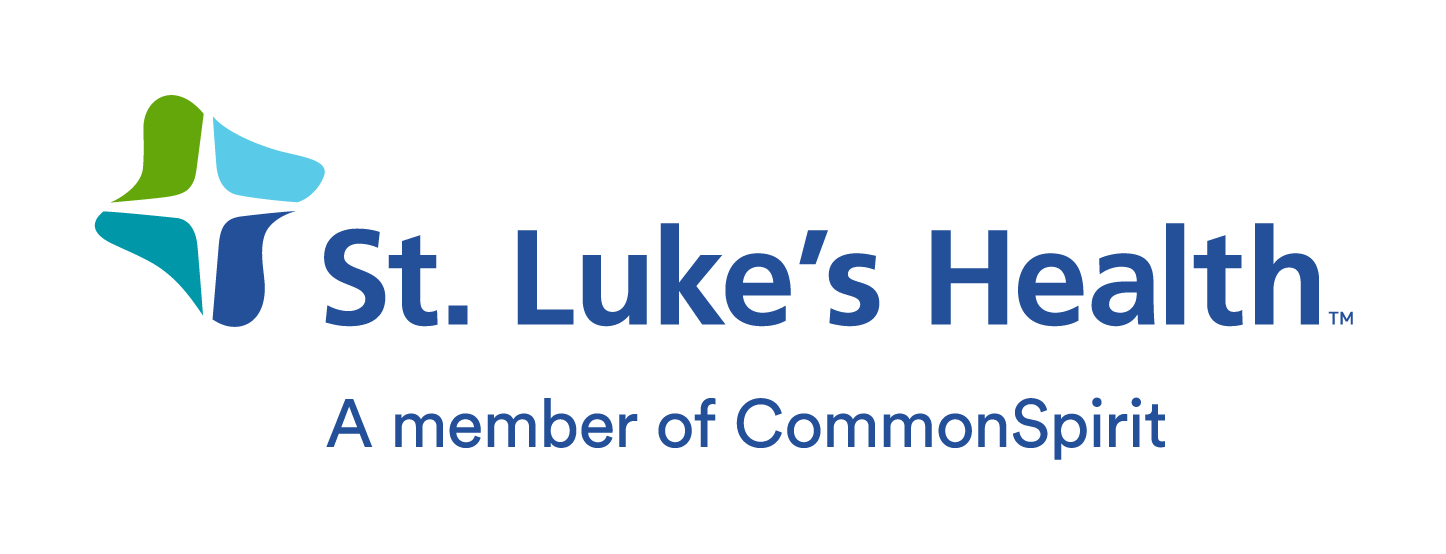Olivia Henderson came to Baylor St. Luke’s Medical Center from another hospital, in cardiac shock and with limited options. There was concern the 79-year-old was having a heart attack, a stroke and an aortic valve issue all at the same time. Her case was high risk, as the magnitude of surgery needed – from fixing the aortic valve to clearing several coronary blockages with a recent stroke and severely calcified aorta – was too complicated of a procedure for her health and survival.
On one hand, there was an urgency to get something – anything – done. On the other, Olivia was going to need an extensive amount of operating time and given the combination of her recent stroke and complications, completing the standard surgical repair all in one sitting was prohibitively high-risk.
However, Baylor St. Luke’s Medical Center physicians worked to turn a non-operative, high-risk case into an operative, low-risk case using their expertise and innovation.
A multidisciplinary team of experts convened, as is typical for high-risk surgical cases, to develop a plan of action and alternatives. Dr. Srikan Koneru, imaging expert; Dr. Mahboob Alam, Olivia’s cardiologist; Dr. Gabriel Loor and Dr. Kenneth Liao, surgical leads; and Dr. Guillerme Silva and Dr. Loor, the Trans-femoral Aaortic Valve Replacement (TAVR) team examined Olivia’s failing heart and medical history, and the benefits and risks of the options available to her. The findings were limited but promising.
Since Olivia took care of herself and was in relatively good health, the physicians determined she could handle multiple procedures if they were separated, with sufficient recovery time in between. This would avoid circulatory arrest, cardiopulmonary bypass and would significantly expedite her recovery while reducing the risk of another stroke. Circulatory arrest (temporarily stopping circulation by cooling the body) and cardiopulmonary bypass (machinery used to route blood from the patient to an oxygenation source and delivered back to the body) are both common surgical techniques but are stressful for the elderly population and best avoided in this situation.
Yet, completing a TAVR procedure days after a robotic-assisted bypass surgery is rare and, to our knowledge, would be one of the first in the Texas Medical Center, but it was what Olivia needed to survive.
The physicians treated her non-surgically for a few days, allowing her to gain strength. When it came time for the bypass, Dr. Liao, one of the most well-known surgeons for robotic bypass surgery, completed a robotically assisted single bypass. Olivia did remarkably well, with a minimal stay in the hospital.
As she recovered and became stronger through physical therapy, Olivia was ready for the second stage. Drs. Silva and Loor worked together to deploy a new trans-femoral aortic valve. This procedure repaired the malfunctioning valve without opening her chest, which lowered the risk of having a repeat operation and reopening the site of the previous surgery.
Considering Olivia’s condition when first arriving at Baylor St. Luke’s, the team used a collaborative, full-team approach to combine expertise and innovation in a difficult, complicated case, in order to create the best treatment plan for her.




